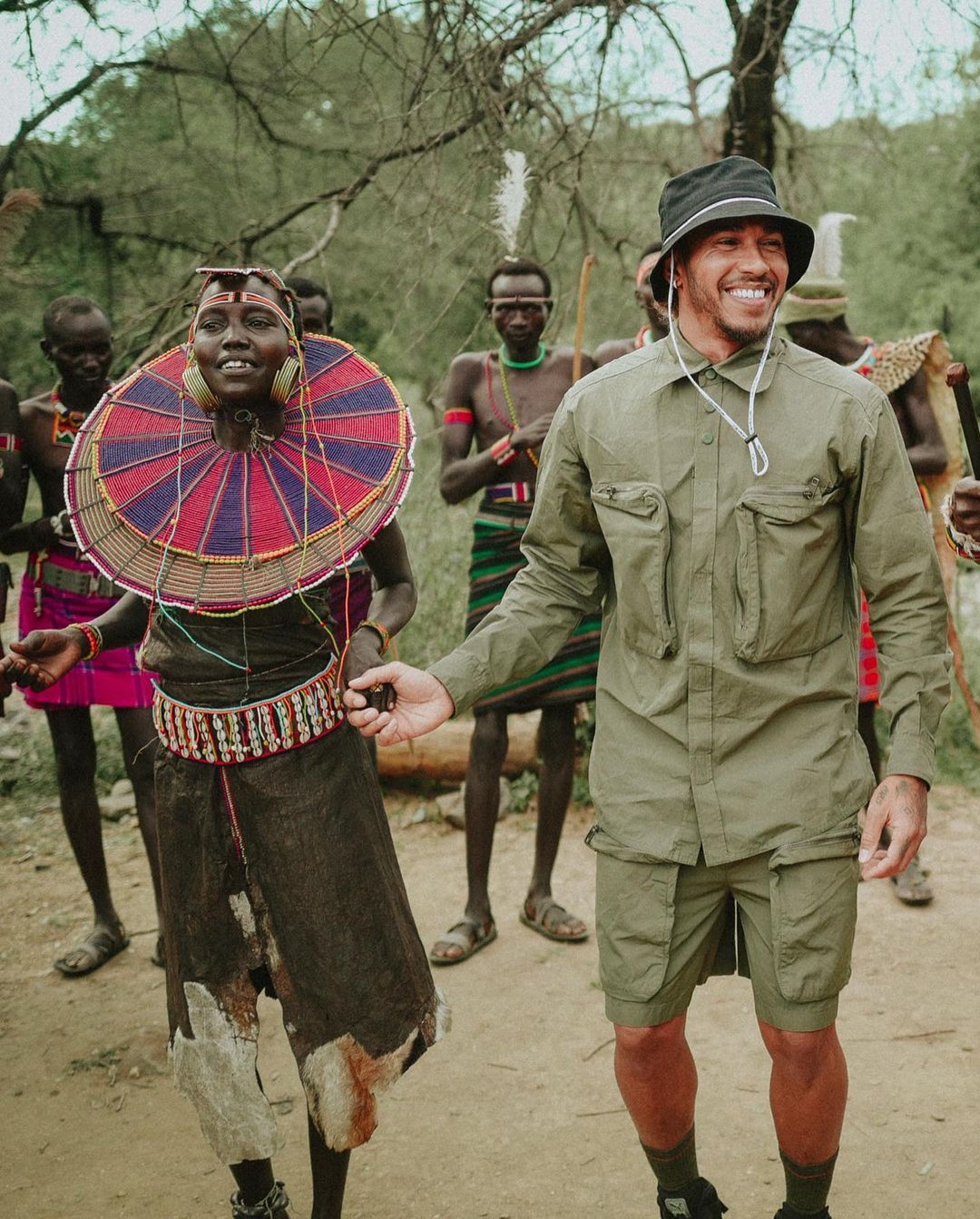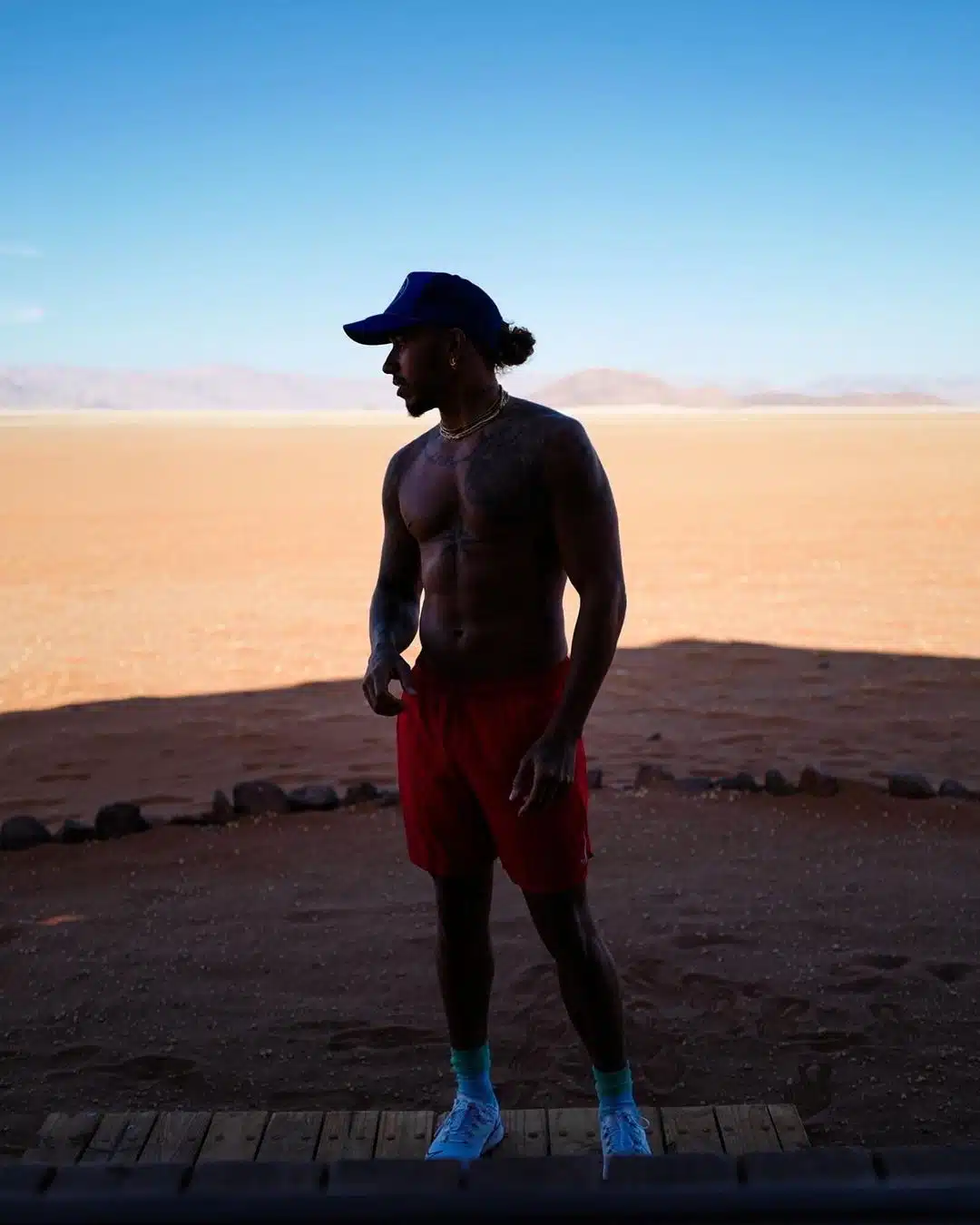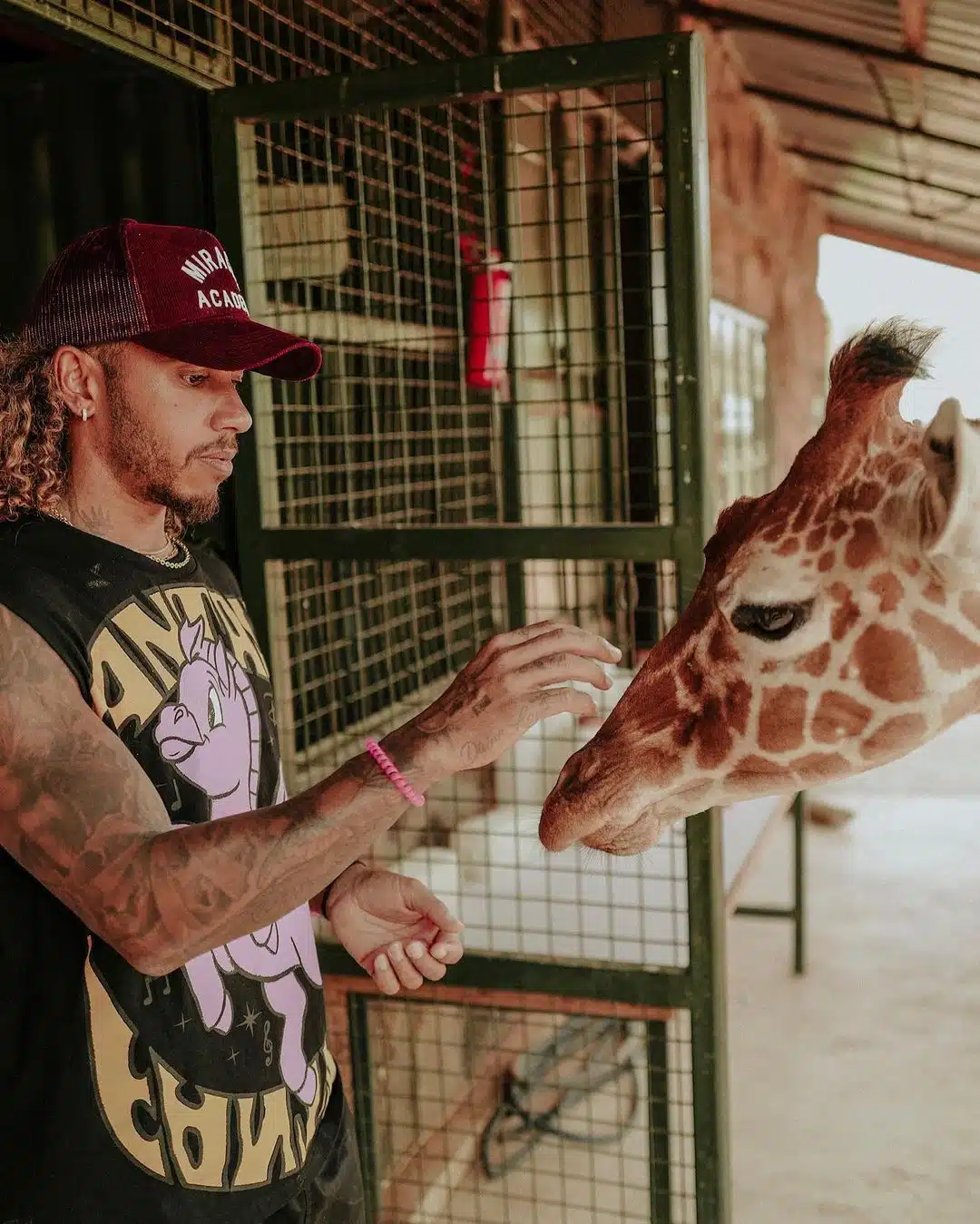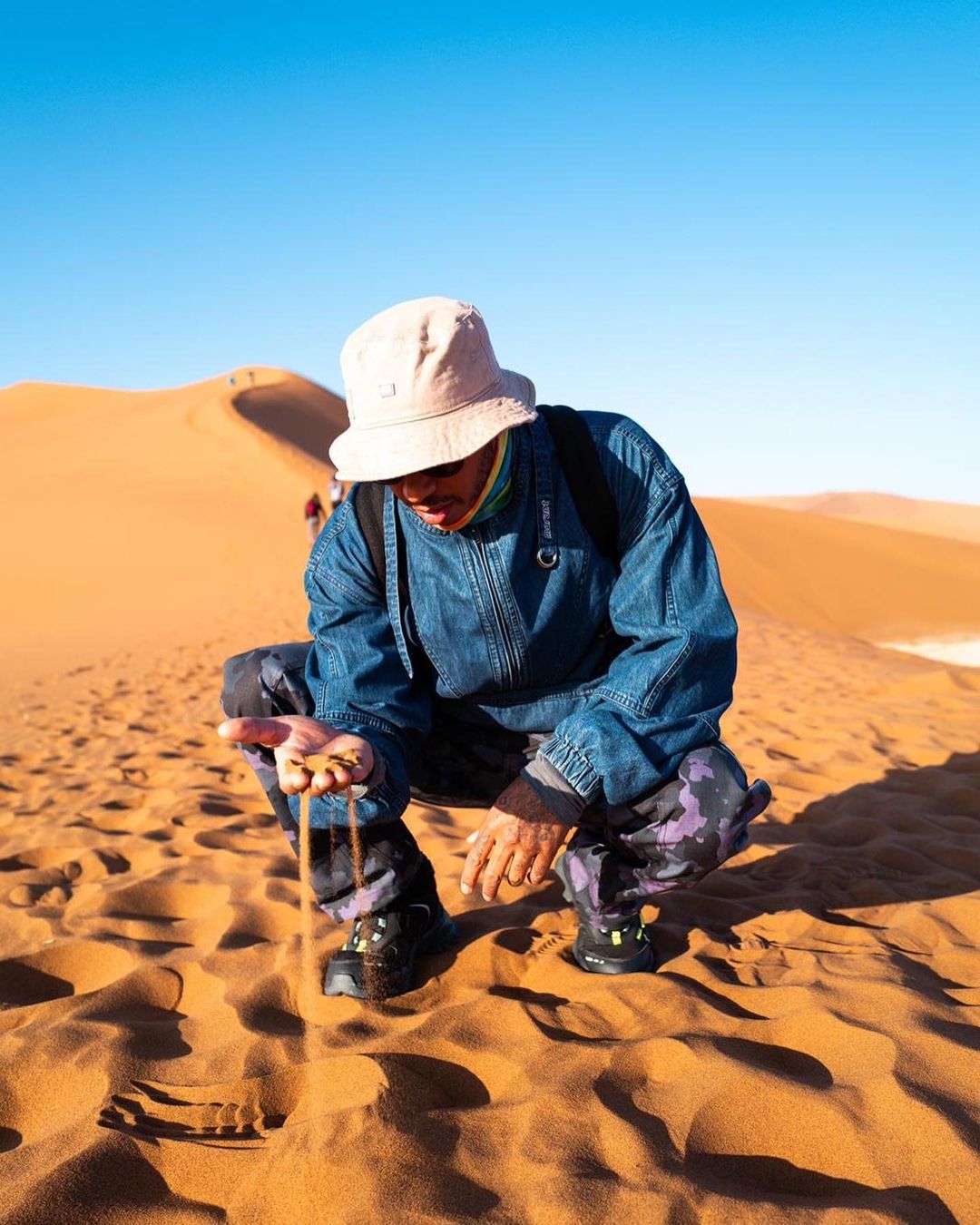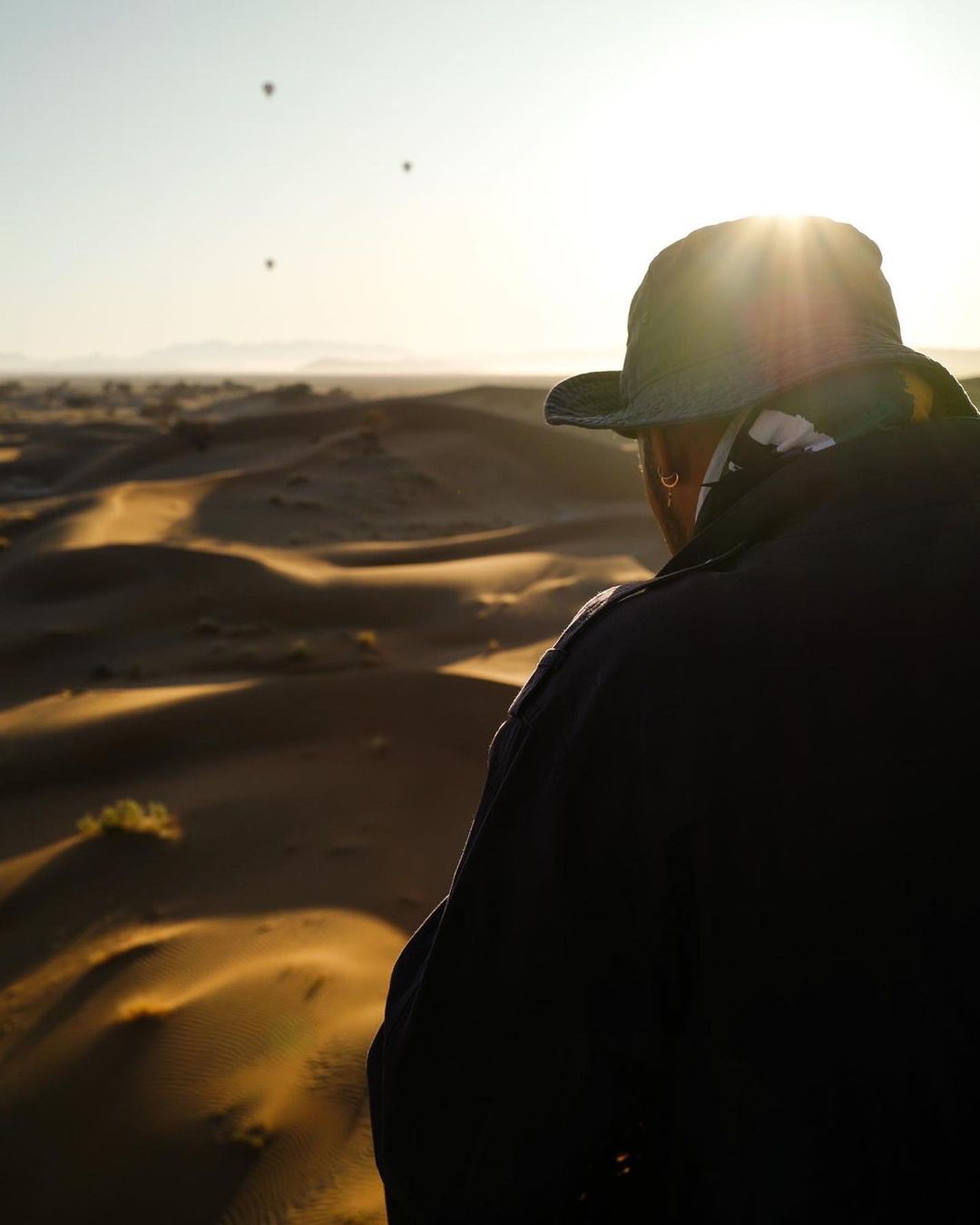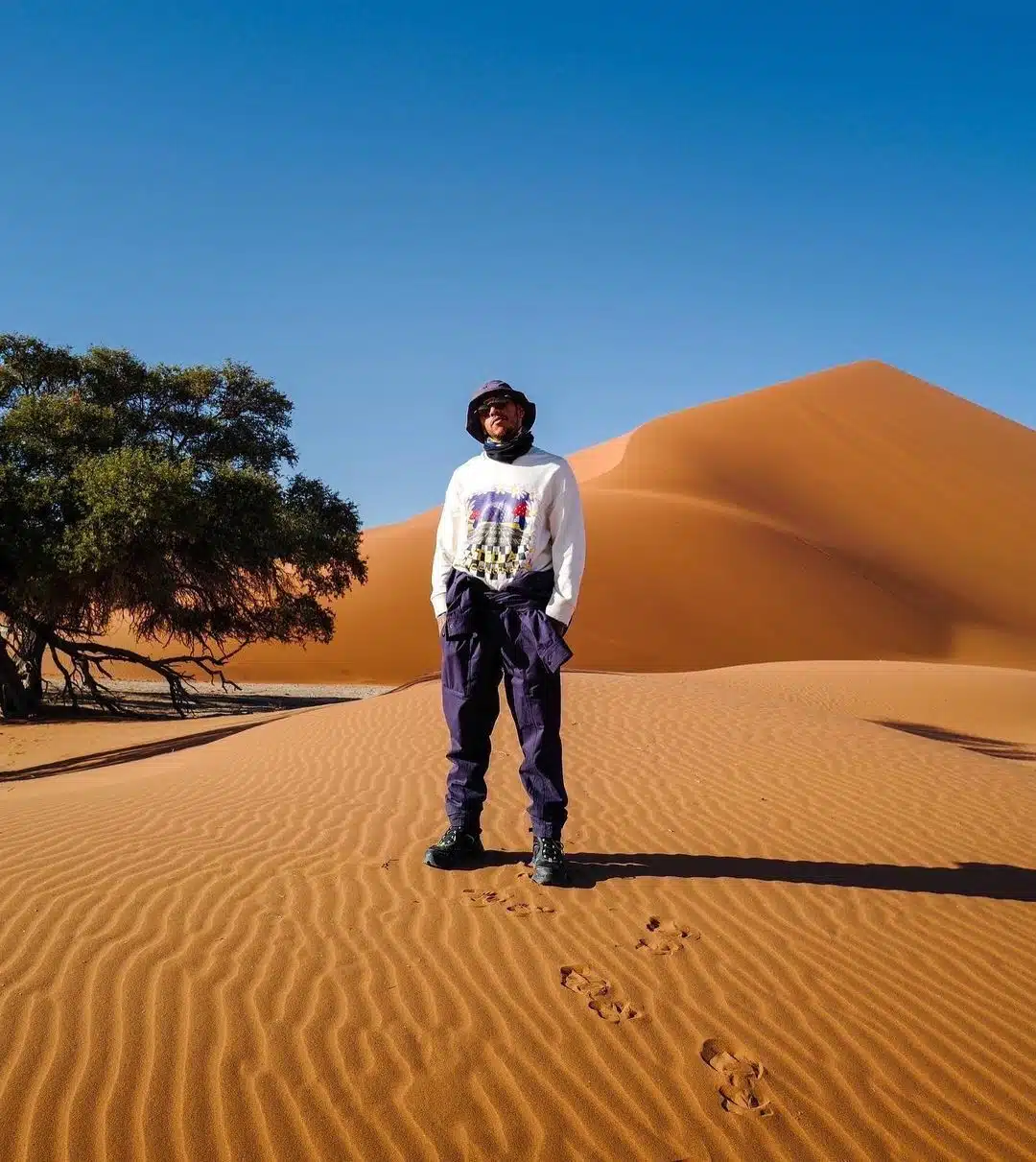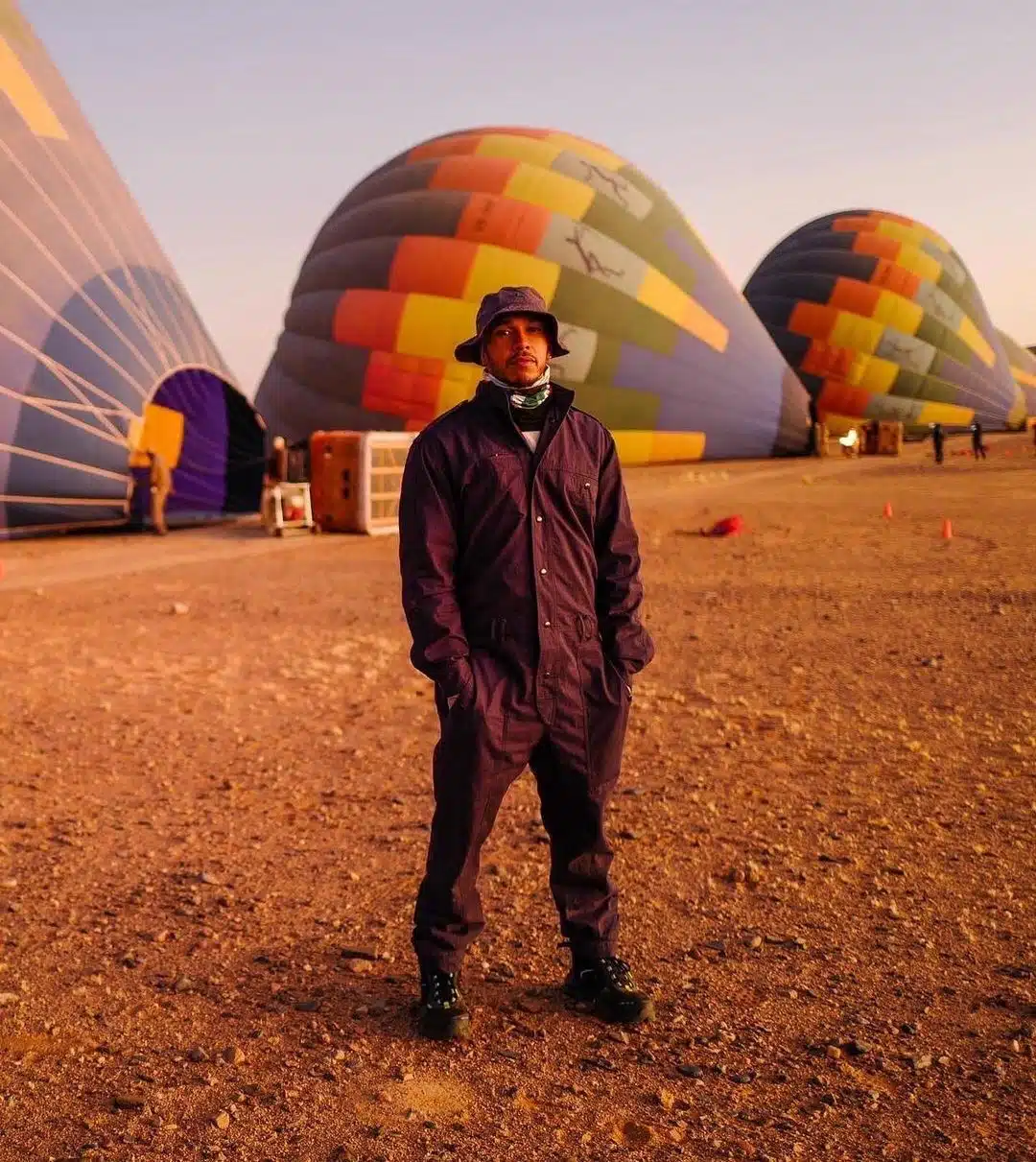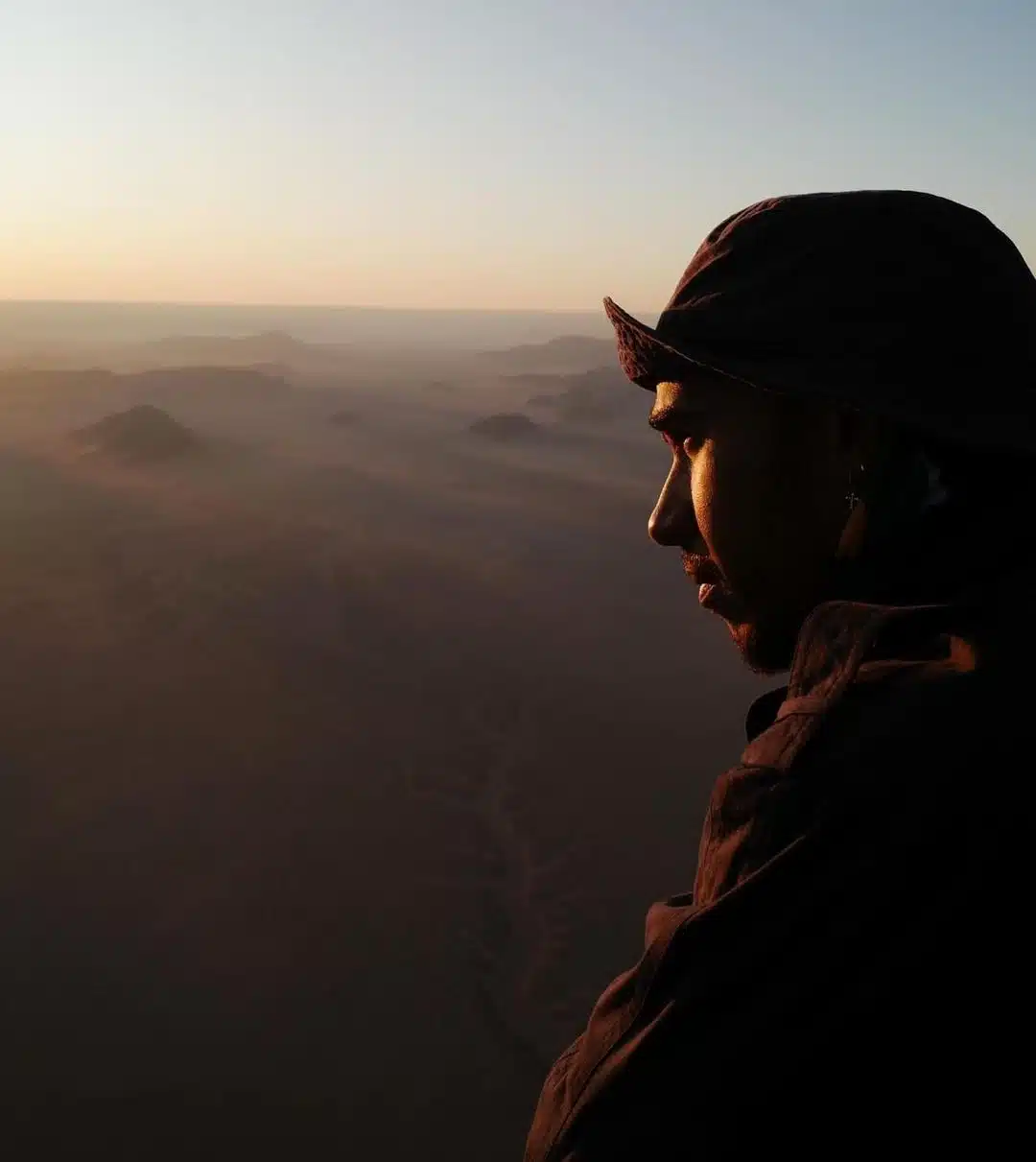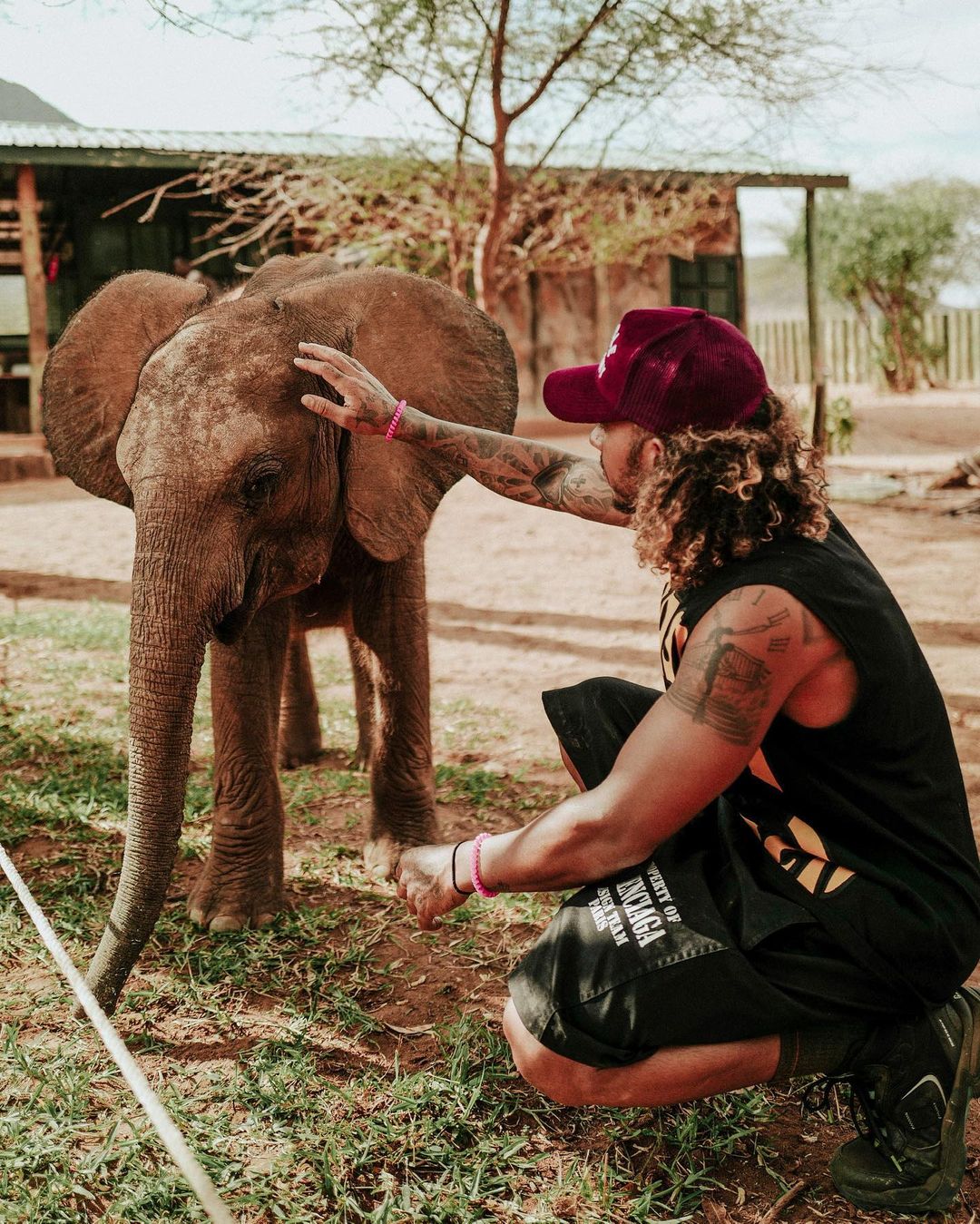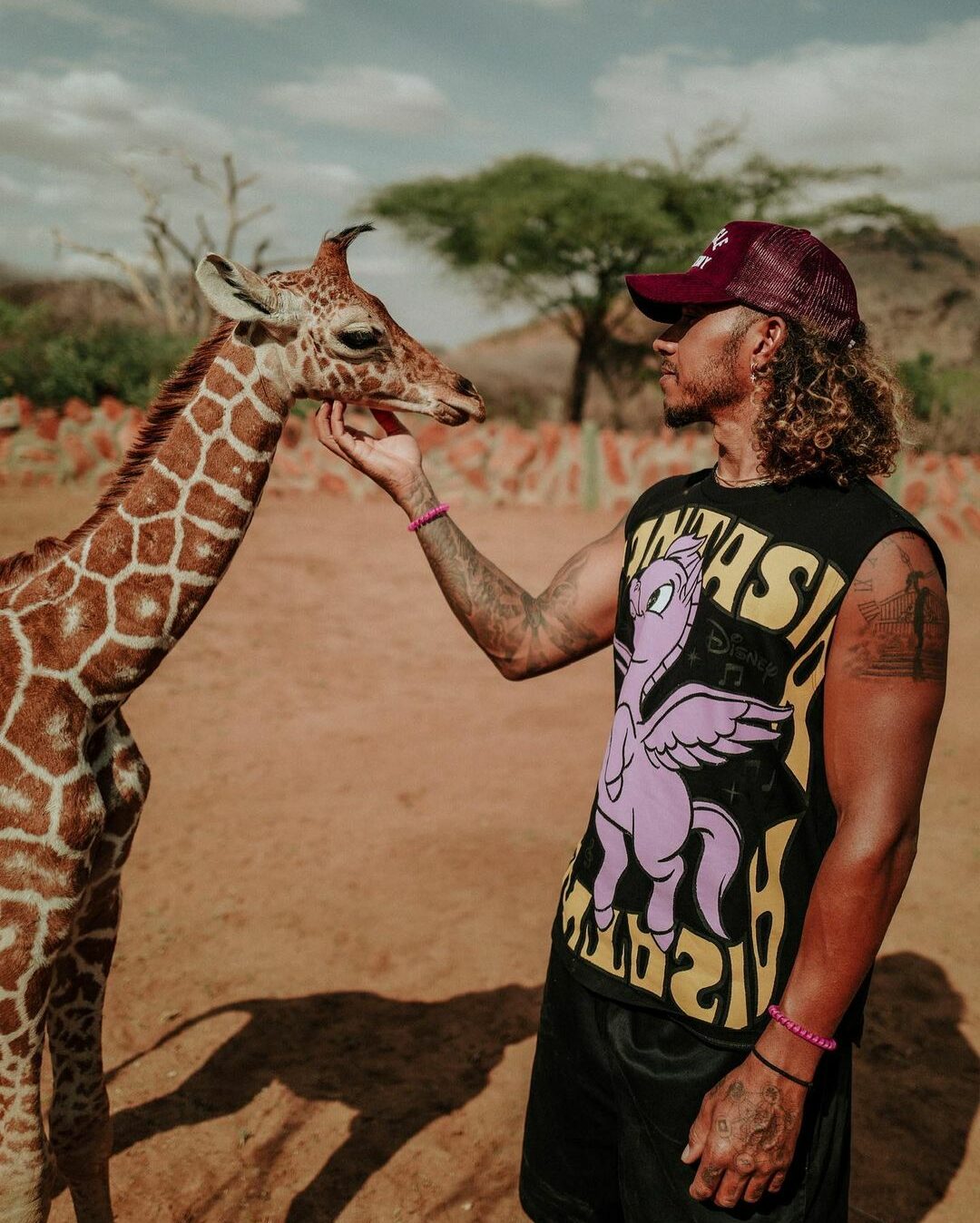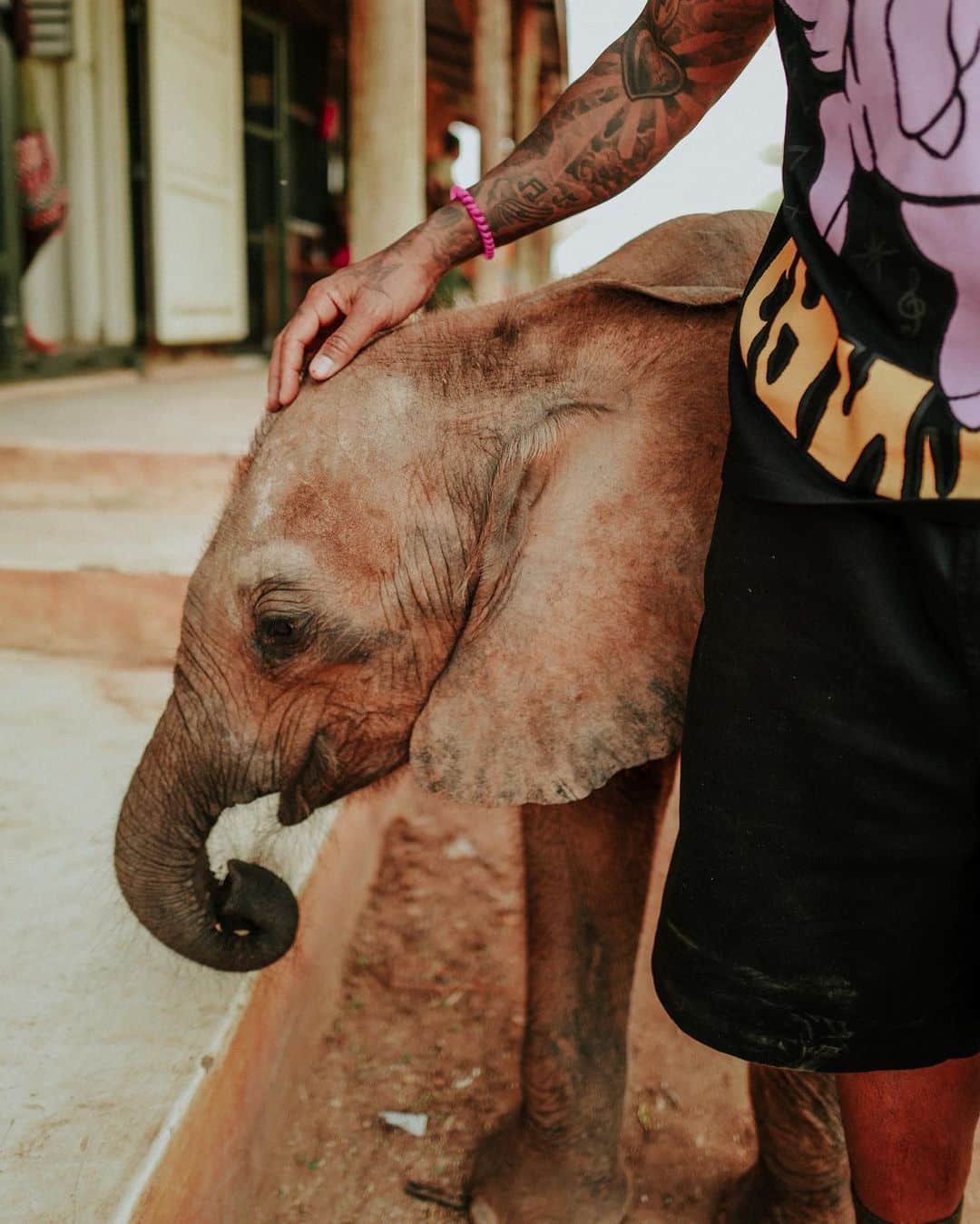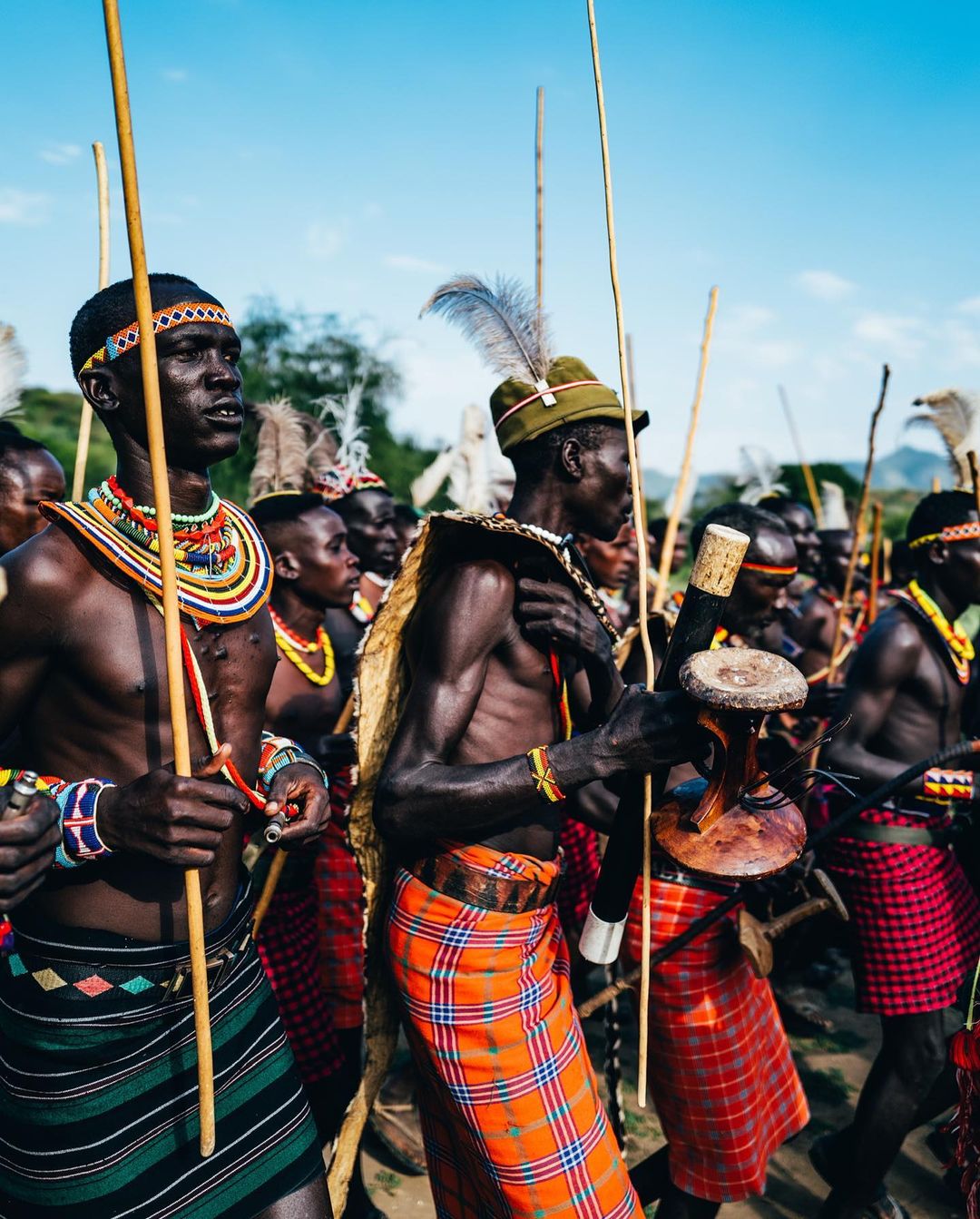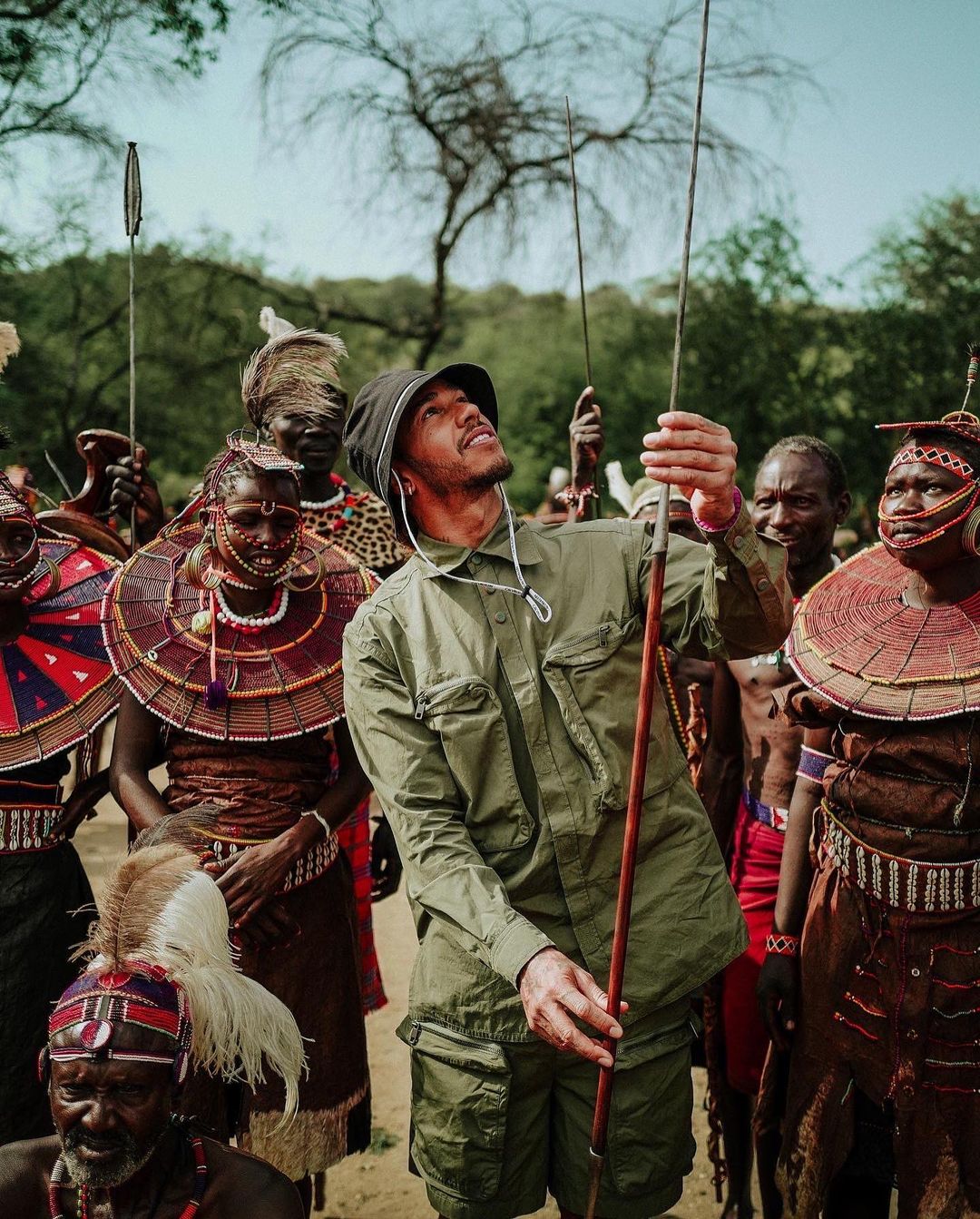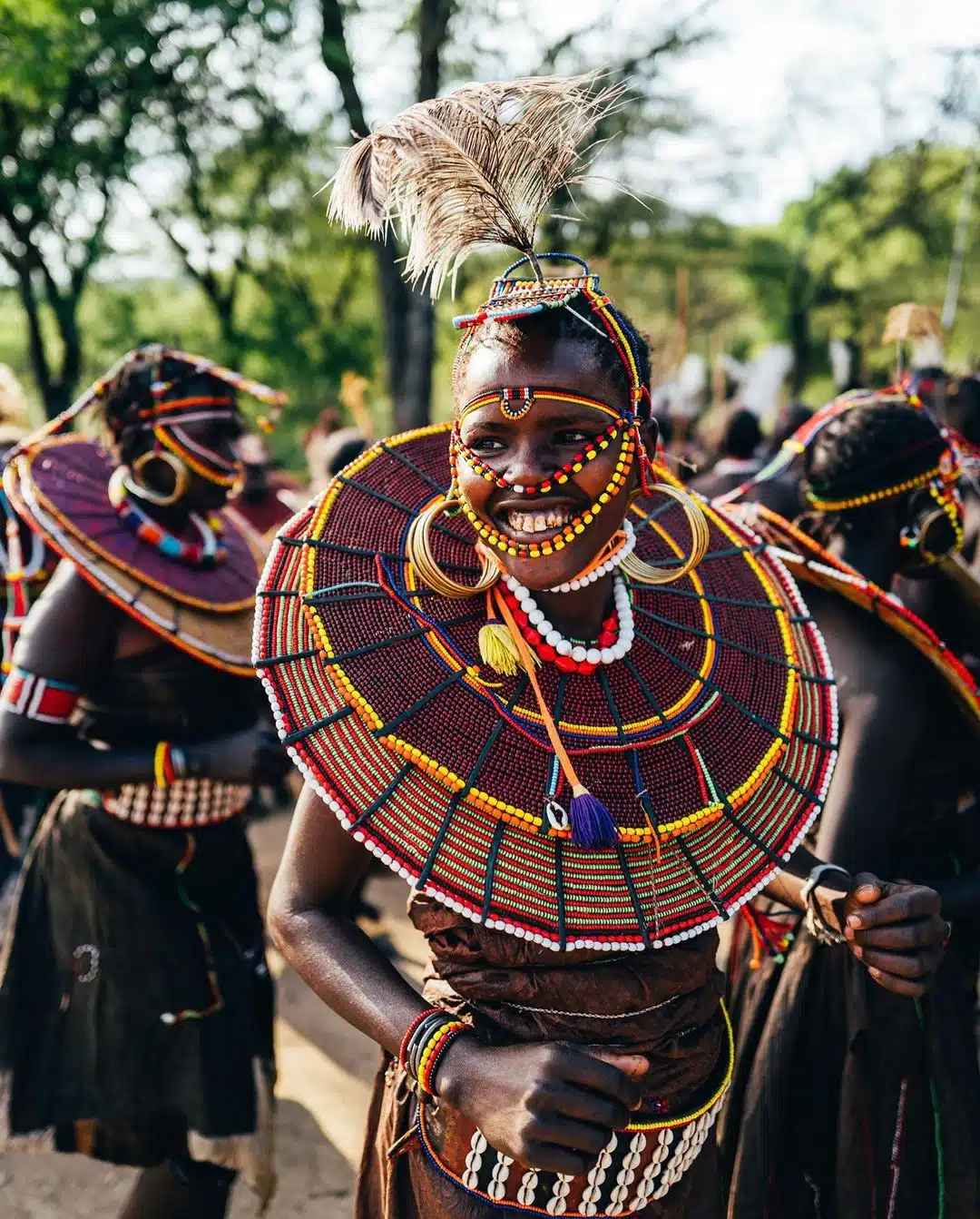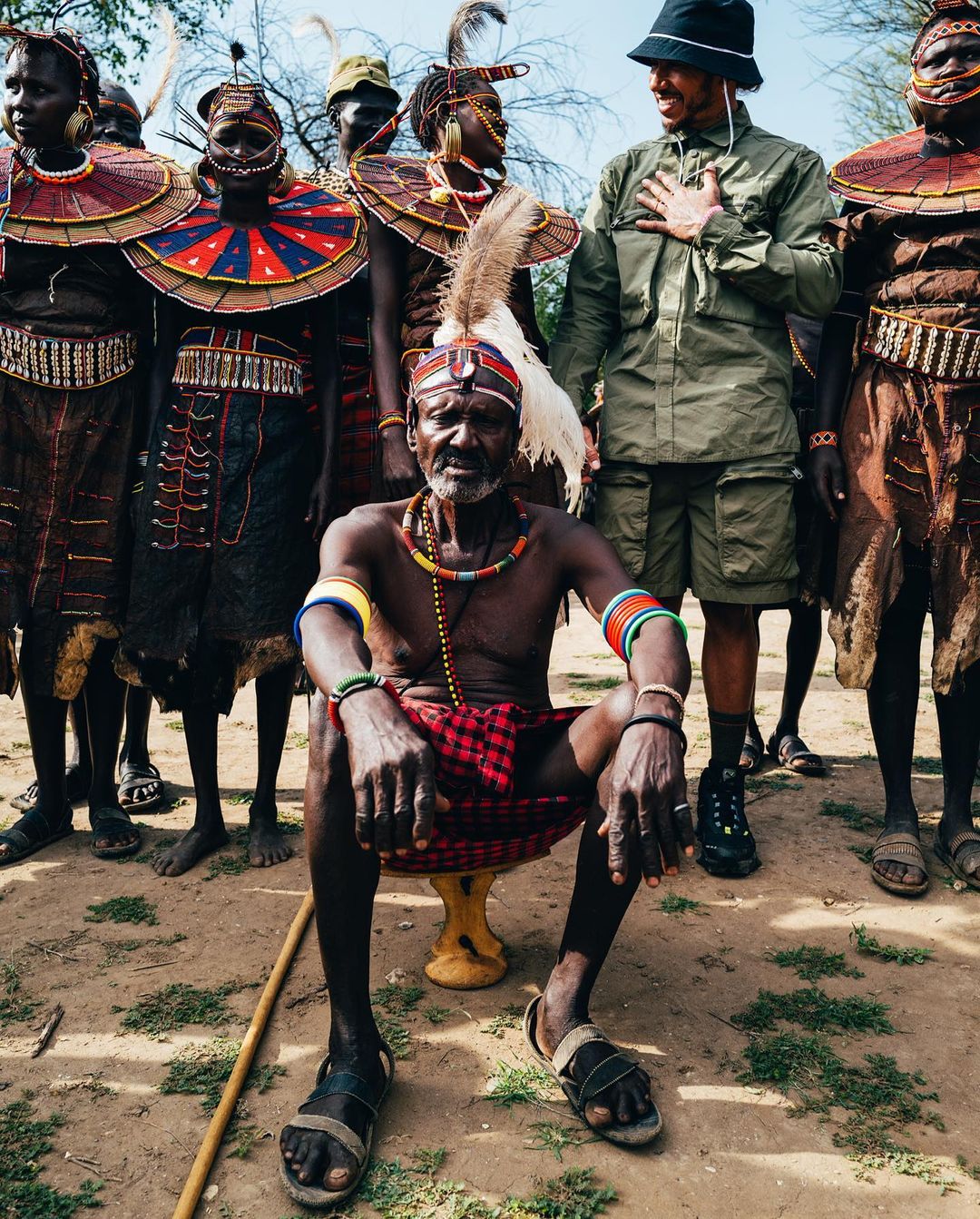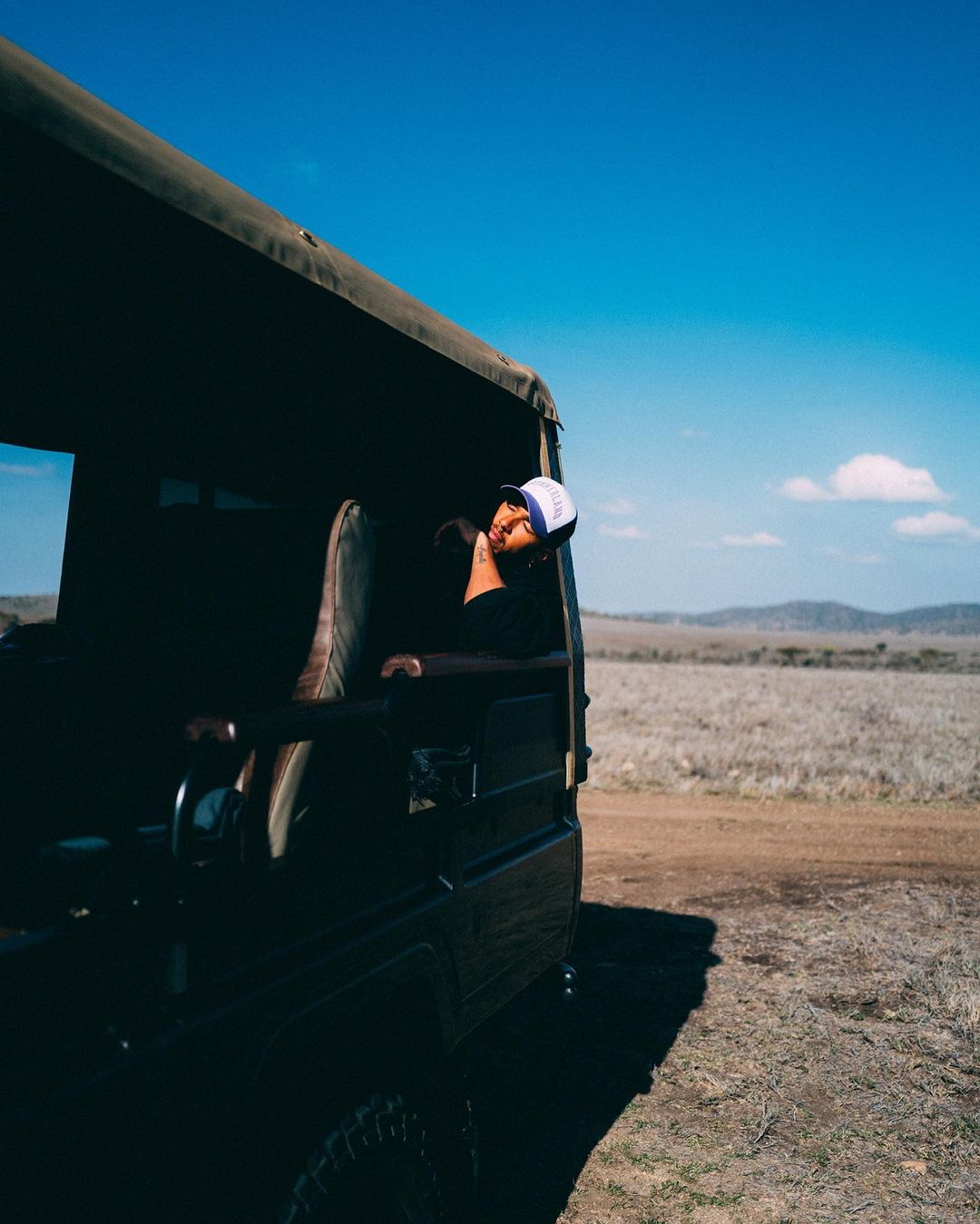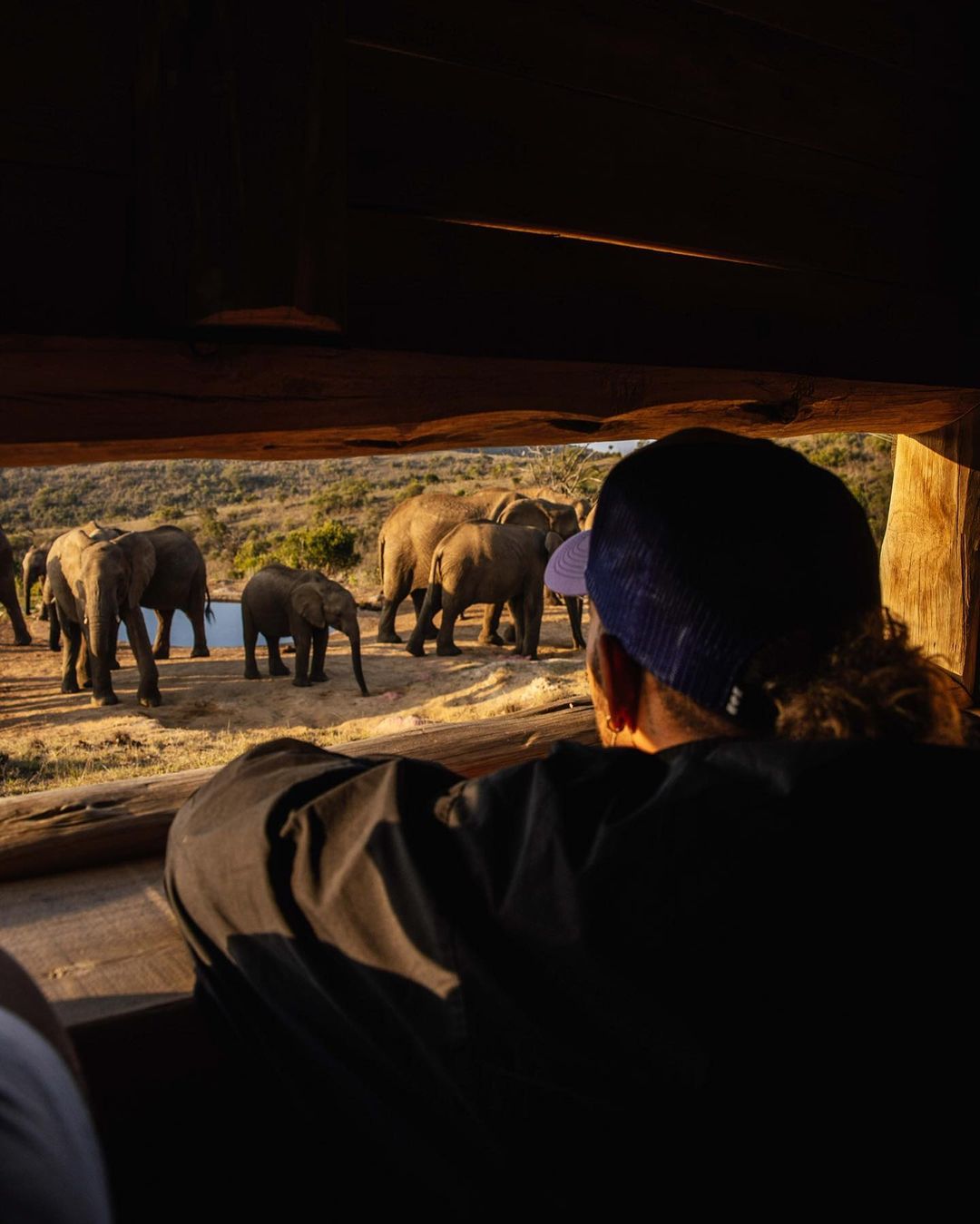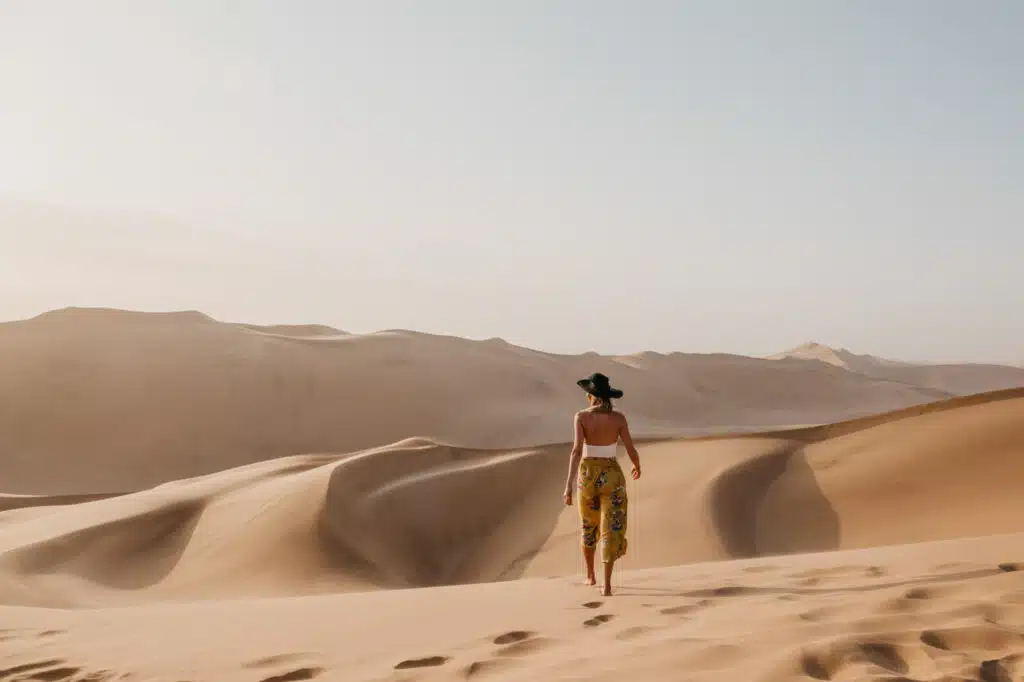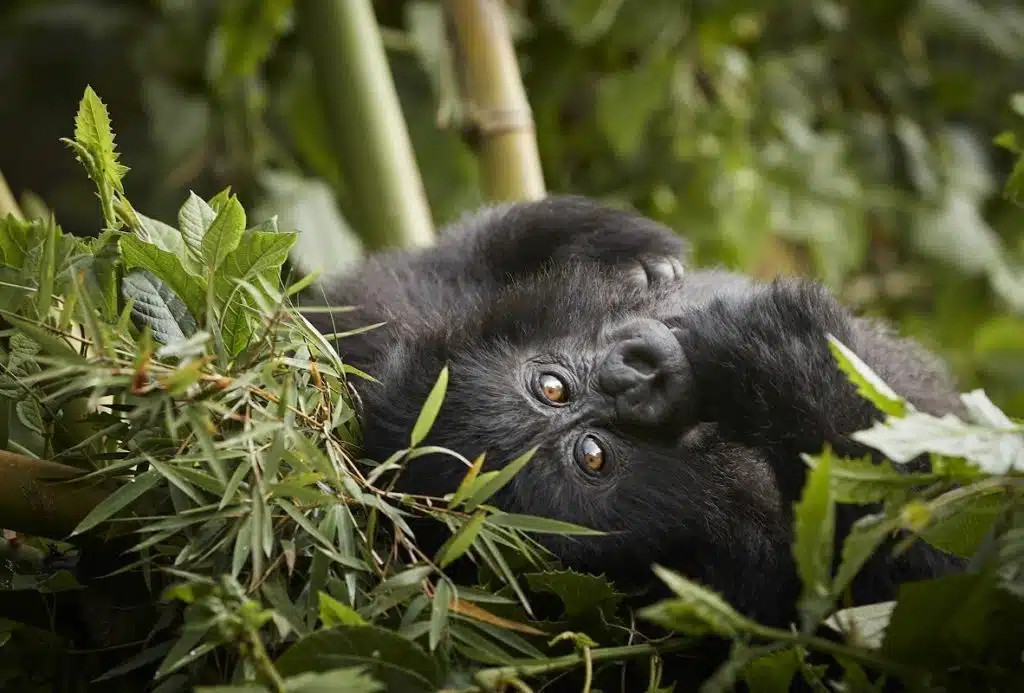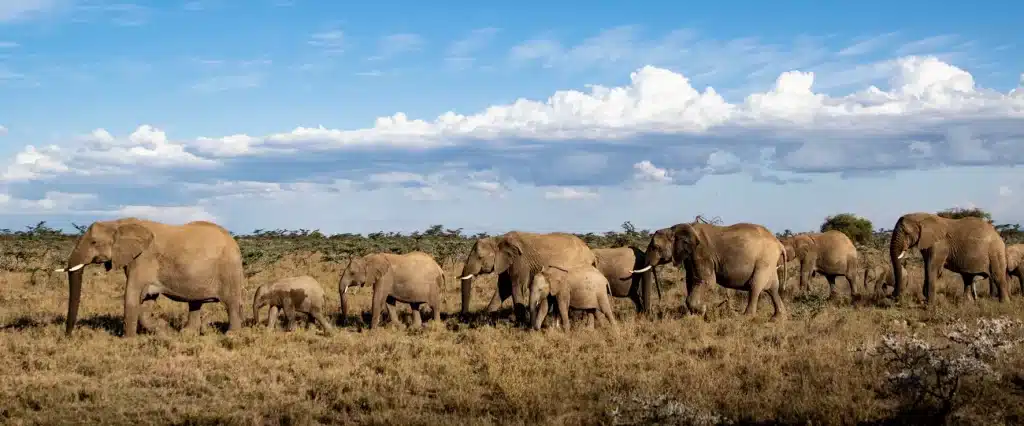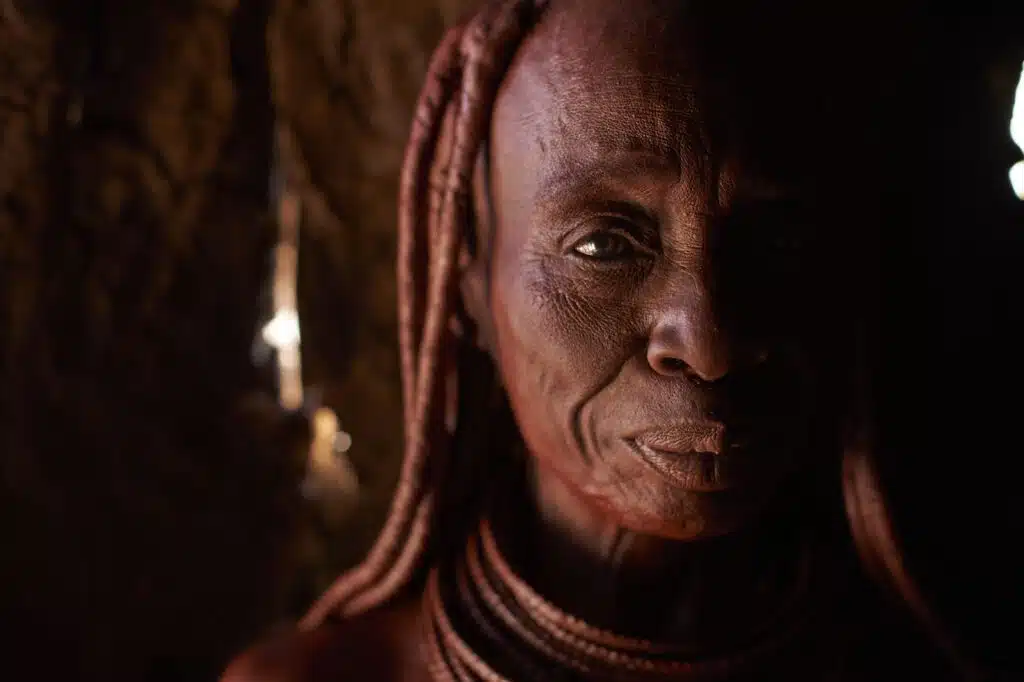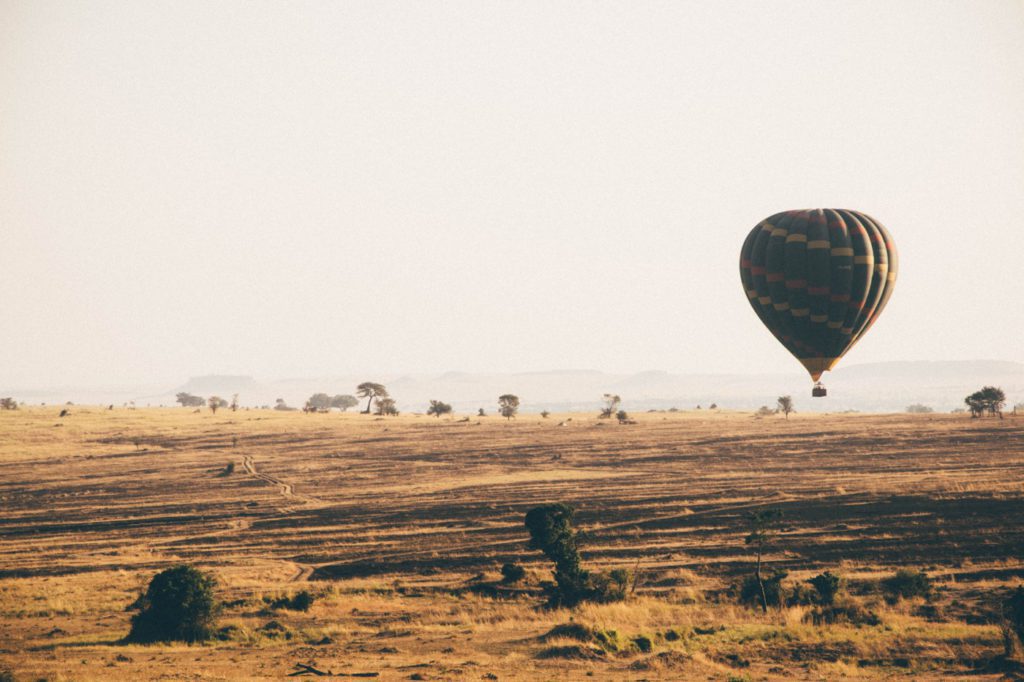A FORMULA ONE ITINERARY
Lewis Hamilton’s Africa Safari
Sir Lewis Hamilton is rapidly becoming one of Formula One’s most iconic athletes.
With seven world titles under his belt and a string of records, including the most wins, pole positions and podium placings, it would be justified to suggest that he is one of the greatest racing car drivers in history.

While celebrity has certainly caught up with Hamilton, one foot has always remained firmly on the ground. A staunch vegan activist, outspoken Black Lives Matter advocate and champion for the climate, Hamilton has been both controversial and celebrated for his views, sometimes in equal measure.
Born to an English mother and a father of Caribbean descent, his racial identity has been a source of pride but also frustration at the lack of cultural diversity in Formula One. Tracing his roots to reinforce this identity and reconnect with his ancestral heritage, the racing star planned an exceptional itinerary through diverse regions of Africa last August.
The UK’s wealthiest athlete was, of course, able to spare no expense in his luxurious and experiential journey, but not to an unattainable level. Connection was also paramount to his safari planning; connection to the land, its animals and its people.
“I’m finally tracing my roots through Africa… to say this journey has been a grounding experience is an understatement. This has been a life-changing reset. I feel like I have gained a new perspective on life [and] grown an even stronger love for animals.”
Incorporating gorilla trekking, school visits and tribal experiences alongside more conventional safari activities, Lewis Hamilton’s itinerary provided the consummate African immersion, a journey abundantly replicated in this superb itinerary.
Discover Africa like one of the world’s greatest racecar drivers with our Lewis Hamilton Africa Safari Itinerary:
The Dunes of Namibia
Chapter One: Ballooning at Kwessi Dunes
Lewis Hamilton’s Africa safari began in the dramatic landscapes of Namibia, residing at the exquisitely remote Kwessi Dunes. Located deep within Namibia’s striking NamibRand Nature Reserve, Kwessi Dunes is encompassed by rolling desert plains and a backdrop of craggy mountains and iconic red dunes.
Sossusvlei, located within the Namib-Naukluft National Park, is a region of intense and unique beauty. White salt pans, blackened, withered tree stumps, deep-red dunes, and an almost iridescent blue sky are juxtaposed in stark contrast to create a surreal, almost Salvador Dali-esque landscape. Wildlife isn’t prolific through the region, though some antelope species, desert-adapted elephant, and rare cheetah sightings are possible.
Instead, guests at Kwessi Dunes are encouraged to drink in the serenity and bask in the wonder of the majestic landscape. One of the finest ways to view Sossusvlei is from above, and at Kwessi Dunes it is all but imperative to rise before dawn, climb into a wicker basket, and soar into the sunrise beneath a hot-air balloon, a breathtaking activity that Lewis Hamilton enjoyed on his visit.
“My first stop was Namibia, one of the most stunning places I’ve ever seen with my own eyes. Words and pictures do not do it justice. The hot-air balloon ride was surreal. We had to land sideways which is definitely something I’ll never forget. I could not think of a better place to spend this time off… I’m off to the next stop.”
Gorilla Trekking in Rwanda
Chapter Two: Volcanoes National Park, Singita Kwitonda
“How does one describe such an experience that leaves you so speechless?”
A more than valid question from the Formula One maestro of his journey through Rwanda.
Whoever the traveler, few experiences make as profound or lasting impact as gorilla trekking. The somewhat challenging hike – lasting anywhere from 45 minutes to several hours – makes the experience all the more rewarding.
Superbly positioned in close proximity to the park headquarters, yet wonderfully secluded in its own verdant property, Kwitonda Lodge is luxury personified. Yet despite its elegance, the connection Hamilton was searching for is also acutely present. A farm-to-table garden highlights sustainability, expansive windows allow the scenery to permeate every room, and village and community visits are encouraged.
“We were welcomed with smiles and music from the beautiful Rwandan people. We hiked up through beautiful green fields where children would sing to us, and up a volcano where we found Gorillas. What a sight it was to see them in their natural habitat relaxed and protected by the community around them. This is where they should be, in their own homes free to live their lives in peace. It was a profound and truly moving experience.”
Rwanda’s beauty doesn’t lie in its gorillas alone. From Kwitonda Lodge it is also possible to trek through the lowlands to discover golden monkeys and a plethora of birdlife. Alternatively, guests can take a guided tour through Gasura, a nearby village where one can meet the community and learn about their cuisine and creative talents, including basket weaving and carving elegant walking sticks inspired by their mountain neighbors.
For those wishing to explore further and learn more about Rwanda, the nation’s capital of Kigali has emerged from the tragedies of 1994’s genocide to become a warm, vibrant, creative city.
The Genocide Museum stands as a monument to the tragedies of the past and those lost in the atrocities of 1994. Though incredibly moving, the museum is frequently visited and profoundly appreciated by many of our guests.
Drawn together by their mutual suffering, residents of all ethnic backgrounds have now united to share their country, art and culture with visitors, adamant to heal the wounds of the past.
Connection to People & Wildlife in Kenya
Chapter Three: The Baby Elephants & Culture of Kenya
Kenya is one of our most celebrated destinations. A wealth of wildlife, expansive wilderness, accessibility, premier accommodation, and rich cultural heritage combine to present the quintessential African safari experience for any visitor.
There is, however, a great deal of uniqueness to this country, beyond the Masai Mara, the Great Migration, and the more renowned aspects of Kenya.
As a vegan and animal lover, Reteti Elephant Sanctuary was high on Lewis Hamilton’s African safari wishlist, and it is an experience that many of our guests cherish.
“Thank you to the wonderful people at the Reteti Animal Sanctuary for not only hosting us, but more importantly, dedicating their time to rescue, research, and conservation. They’re the first indigenous, community-owned and run sanctuary in Africa and the work they do for these animals should be an inspiration to us all. They take in orphaned animals who likely wouldn’t make it on their own and release them back into the wild when they’re strong enough. This was a truly centering experience, one that reinforces that we all share this planet. We’re not above animals, we’re with them. More often, we’re guests in their homes.”
The affiliated Sarara Camp, itself also dedicated to conservation, takes guests beyond the preconceptions of Kenya and into the hills and valleys of Samburu County. These sparsely wooded landscapes are home to an abundance of life, including leopard, lion and cheetah, several giraffe species, elephant, and buffalo. Several endangered species also reside in Samburu and, if lucky, visitors might spot Grévy’s zebra, aardvark, bat-eared foxes, dik-dik, honey badgers, aardwolf, and pangolin (though it must be noted that sightings of these are incredibly scarce).
When visiting the region, on his African safari, Lewis Hamilton met with the Pokot people from neighboring Baringo County. In Samburu, and from Sarara Camp, guests are invited to spend time with the Samburu, or Lokop. These pastoralists are closely connected to Kenya’s predominant Maasai, though remain very distinctly individual, their dress, language and culture differing significantly.
One of their specifically unique traditions is the creation of ‘singing wells’. With a need to water their cattle, the Lokop dig wells in their semi-permanent villages. The problem with this is that elephant can smell water from 12 miles (20 km) away and are drawn to the wells to slake their thirst. Invariably, these temporary oases are eroded overnight, their sides collapsing under the weight of their trunked patrons. The following day, the Lokop sing as they dig fresh wells, calling in their cattle and, some believe, asking the elephants to wait their turn.
Experiencing the changeable vastness of Kenya from the air is breathtaking. Whilst one can appreciate this to some degree on a transfer flight, a private charter is all the more rewarding, and it was this option that Hamilton opted for on his exploration. Reaching 17,060 feet (5,199m) above sea level, Mount Kenya is the second-highest peak on the African continent. Though the long-extinct volcano has been climbed for over a century, chartering a helicopter to its summit is infinitely more convenient and wonderfully rewarding. The deceased calderas have formed several lakes in the range and if, like Hamilton, one is searching for additional exhilaration, it is possible to plunge into their frigid waters, though the endless views alone are justifiably captivating.
The Migration Lewis Missed
Chapter Four: Tanzania – The Iconic
The conclusion of Lewis Hamilton’s Africa safari took him to Tanzania and it was here, after all its diversity and extraordinary variety, that his itinerary took on a modicum of conventionality.
A game drive across the Serengeti is exceptional, and it is little surprise that much of the footage seen in wildlife documentaries is filmed here. From the Big Five to vast herds of herbivores, it is all that could be wished for in a classic African safari.
It is also here that guests might surpass the bespoke safari of one of the world’s best sports stars. For several months of the year, one of nature’s most spectacular phenomena surges across the open plains of the Serengeti: the Great Migration. Traveling in August, Hamilton was unfortunate to miss the spectacle. By scheduling this spectacular itinerary just a month or two earlier, one can enjoy the optimal times for gorilla trekking, good climates in both Kenya and Namibia and witness one of the world’s greatest natural wonders.
To the north of Tanzania, Mwiba Wildlife Reserve borders Serengeti National Park. Here, overlooking the winding Arugusinyai River from the brink of the craggy valley, Mwiba Lodge provides exquisitely luxurious accommodation with ten suites, creating just enough exclusivity. Venturing from the property into the reserve and bordering national park, visitors can take in superb game drives and, at the right time of year, find themselves amongst the two million herbivores of the Great Migration.
This is an extraordinary itinerary of wonderful contrasts and, as Hamilton was searching for, profound connections.
Visiting any of the world’s 195 countries will offer a wide range of sights and experiences, but by truly immersing yourself in the culture, nature and landscapes, you will discover a destination that no postcard or library of images can capture.
Experiential travel is invariably infinitely more rewarding than spending one’s time in the confines of a resort or hotel or being presented with the sterile, stereotypical portrayal of a nation on a package tour. It is this point of difference that we have built our philosophy upon, stepping beyond the conventional to create experiences that will last a lifetime.
This is perfectly encapsulated in the final post of Lewis Hamilton’s Africa safari:
“These past two weeks have been some of the best days of my entire life. I’m not the same man I was before this trip; all the beauty, love, and peacefulness I experienced has me feeling fully transformed. No amount of photos could capture how I’m feeling now and what I’m trying to say. Just know, where words fall short emotions run deep. I connected with my roots and my history and I feel my ancestors with me now stronger than I ever have before. Namibia, Rwanda, Kenya and Tanzania thank you. To the people here, the nature and the wildlife thank you. We were welcomed to each beautiful place we visited. We were treated like family.”
DISCLAIMER: Rothschild Safaris did not plan or book Lewis Hamilton’s Africa safari and this itinerary is based on the experiences he shared on social media. Though we know he stayed at Kwessi Dunes in Namibia, other properties have been selected for their location and premier quality. Contact our Travel Designers today to discuss your next adventure.
All Photos: Sir Lewis Hamilton unless otherwise stated.

